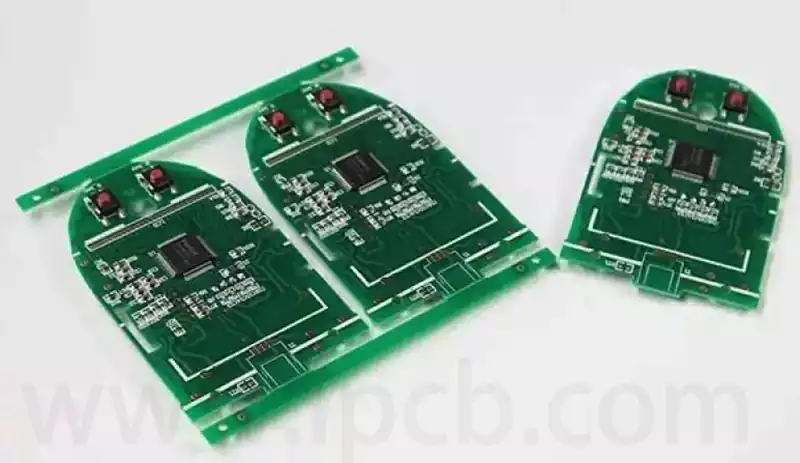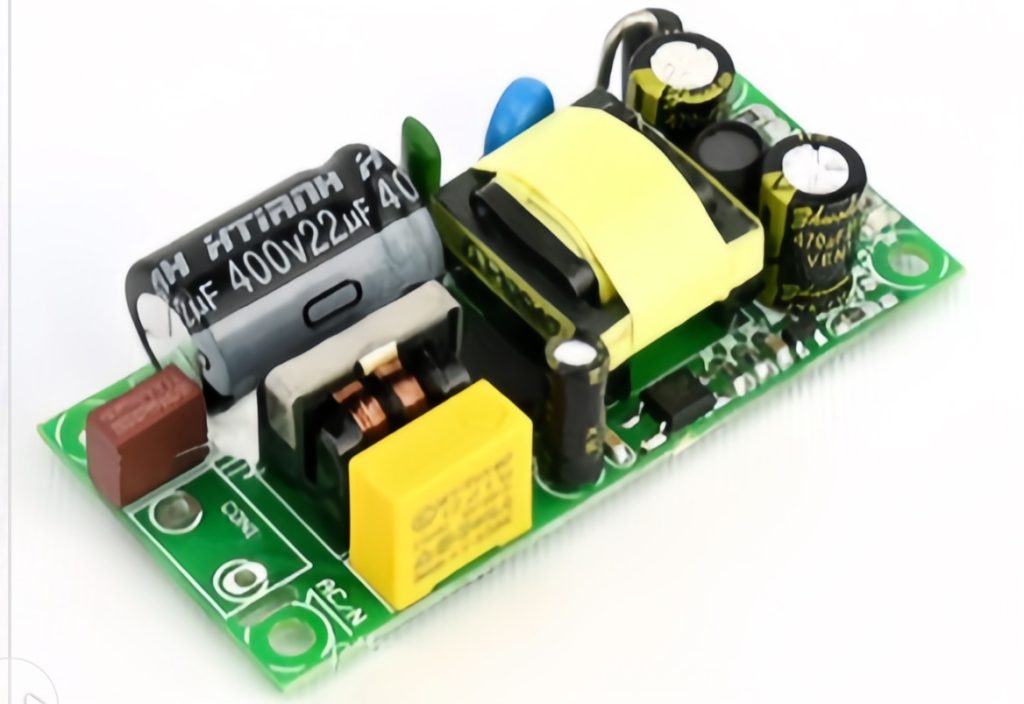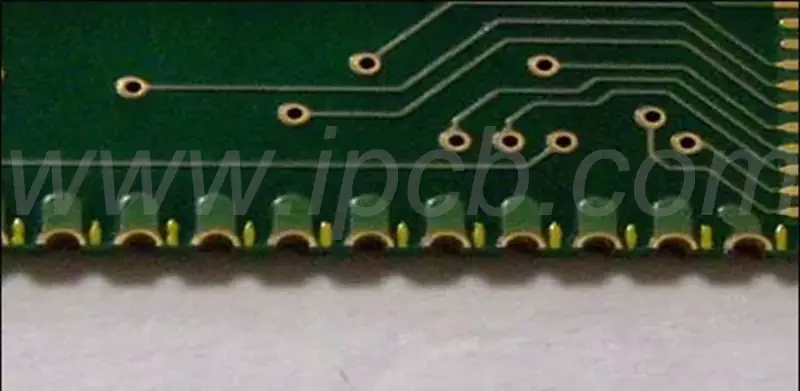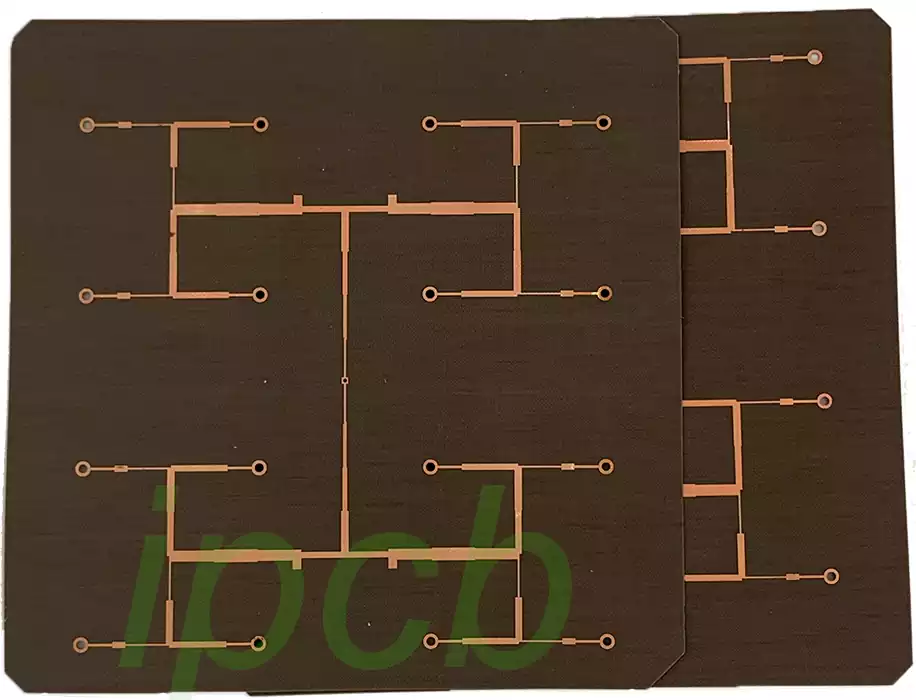Bluetooth Data Module is a PCBA board with integrated Bluetooth functionality for short-range wireless communication. By integrating the chip and peripheral hardware circuits onto the PCB and developing inbuilt programs to implement the Bluetooth function, the module is capable of data transmission and networking with MCU controlled devices. It is widely used in the fields of wearable devices, virtual and augmented reality, smart home, industrial and IoT devices because its data transmission rate of 1Mbps/2Mbps (as of April 2023) prevents the transmission of large data content.
Bluetooth modules can be divided into various types according to different functions and protocols: Classification by function: Bluetooth data module: mainly used for data transmission. Bluetooth voice module: mainly used for voice communication. Bluetooth audio + data two-in-one module: both data transmission and voice communication functions.
Classification by protocol: Modules that support Bluetooth protocol 1.1, 1.2, 2.0, 3.0, 4.0 (and higher versions such as 5.0, 5.1, etc.). Among them, 4.0 and higher versions are often called low-power Bluetooth (BLE) modules, which have lower power consumption and higher efficiency.
The principle of operation of Bluetooth modules is based on the Bluetooth Low Energy (BLE) technology, which allows the device to significantly reduce power consumption in ‘basic sleep mode’ while maintaining a certain degree of wake-up capability. When the Bluetooth module receives a specific ‘boot signal’, it wakes up from sleep and enters the working state. The Bluetooth module then undergoes an adaptive process, adjusting its operating parameters according to the signal-to-noise ratio of the surrounding environment to ensure proper communication. After the connection is established, the Bluetooth module will use the transmission protocol to divide the data into multiple small packets for sending and receiving, in order to reduce the transmission delay and packet loss rate, and improve the reliability and stability of communication.
Application areas of bluetooth pcba:
Consumer electronics
Headphones and audio: bluetooth PCBA is the core component of Bluetooth headphones, responsible for achieving wireless connectivity, audio processing, stability and reliability, and battery management. Bluetooth audio PCB board design also need to consider miniaturisation and integration, in order to reduce the size of the device, reduce costs and improve performance.
Computer peripherals: Bluetooth PCBAs are widely used in wireless mice, Bluetooth keyboards, and computer applications such as portable workstations and tablet PCs.
Smart Wearable Devices: For example, smart bracelets and Bluetooth electric toothbrushes, pcba boards are a core component used for motion and sleep monitoring, and to fulfil functions such as airtightness testing.
Other consumer electronics devices: also includes smartphones, tablets, game consoles, etc.
Smart Home & Appliances
Smart Lighting: Bluetooth PCBA is applied to smart lighting, which can be controlled wirelessly.
Smart door locks and curtains: Bluetooth PCBA is also used in devices such as smart door locks and smart curtains to achieve wireless control and automation.
Smart Kitchen Scale: Bluetooth Kitchen Scale PCBA board solutions are not only used in home kitchens, but are also widely used in commercial kitchens, food production and processing, and laboratories to ensure the accuracy of ingredient ingredients.
Smart Socket: Bluetooth + WIFI 2-in-1 solution for smart socket combines the advantages of Bluetooth and WIFI technology to provide a convenient and smart home experience.
Medical and Healthcare Devices
Health Monitoring Devices: Includes fitness trackers, health monitoring devices, and devices that measure temperature, blood pressure, and blood glucose, which utilise Bluetooth technology to transmit data to a smartphone or personal computer.
Automotive electronics
Hands-free calls and music playback: Bluetooth connectivity enables hands-free calls and music playback, enhancing safety and entertainment while driving.
In-vehicle control system: It can also be applied to the control of car engines, radiators, car air conditioning, lights and fuel systems.
Industrial and Environmental Monitoring
Industrial Wireless Control: Industrial automation systems rely on Bluetooth technology to send sensor data or connect machines to improve productivity.
Environmental Sensors: Humidity, pressure, temperature or light sensors use Bluetooth PCBAs to transmit measurement data to smartphones or other devices.
Tracking systems: Bluetooth technology can be used to track the movement of goods in real time, enabling inventory management and shipment tracking.

The future development of Bluetooth pcba:
- Upgrade Bluetooth chip and technology
The upgrade of Bluetooth chip is one of the core directions for the future development of Bluetooth PCBA.
Upgrade to bluetooth 5.0 and higher version: at present, most bluetooth headset PCBA board adopts low-power bluetooth technology, and will be gradually upgraded to more advanced bluetooth 5.0 technology in the future. Bluetooth 5.0 brings faster transmission speed, wider transmission distance and lower power consumption, for example, the data transmission rate can reach 2Mbps, the transmission distance can reach up to 300 metres, while maintaining low power operation.
Ultra-low latency Human Interface Device (HID): Future Bluetooth technology will support ultra-low latency HID to enhance the user experience.
High Data Transfer (HDT): To meet the demands of data-intensive applications, Bluetooth PCBAs will support higher data transfer.
Bluetooth LE Audio Technology Enhancements: Low-power Bluetooth audio technology will be further enhanced to optimise audio transmission efficiency and quality.
Bluetooth operation in high frequency bands: The Bluetooth Technology Alliance is exploring the ability of Bluetooth to operate in high frequency bands to adapt to more complex wireless environments.
Bluetooth Channel Sounding: Introduced in 2024, Bluetooth® Channel Sounding is expected to enhance the convenience and security of Bluetooth-connected devices as a safe and accurate ranging feature. This technology will be applied to a new generation of mobile device-based access control systems, such as vehicles, homes and commercial offices, to simplify access and enhance security.
- Improving Performance and User Experience
Bluetooth PCBA will continues to improve in sound quality, power consumption and intelligence to provide a better user experience.
Improve sound quality performance: sound quality has always been an important consideration for Bluetooth headset PCBA, the future will use more advanced audio processing technology to improve the sound quality performance.
Enhance battery management capabilities and low-power technology: With the wide range of Bluetooth headset usage scenarios, battery management is a growing concern. Future Bluetooth PCBA will adopt more intelligent battery management technology to improve battery life and stability. At the same time, low-power technology will become an important direction for the development of future Bluetooth headset PCBA solutions to extend the use of headset time and improve user portability.
Intelligent features: In addition to the basic audio transmission function, the future Bluetooth headset will also integrate more intelligent features, such as health monitoring, voice assistant. This will require PCBA board solution development teams to be more innovative and seamlessly integrate these features into the board.
Smaller and more efficient design: As electronic components continue to shrink and integration increases, future Bluetooth audio PCB boards will tend to be miniaturised and integrated, helping to reduce device size, lower costs and improve performance.
- Production and Test Automation
In order to cope with the increasingly complex PCBA design and mass production requirements, the manufacturing and testing processes will become more automated and intelligent.
Automated testing technology: For example, Shenzhen Zhize Technology Co., Ltd. has obtained a patent for ‘a Bluetooth PCBA board tester and testing method’, which integrates modules such as automatic board loading, board unloading, robotic gripping, and an automated testing platform to realise a fully automated and multi-functional testing process for Bluetooth PCBA boards. This innovation not only improves the testing efficiency, but also significantly reduces the error rate of human operation.
Data analysis and AI technology application: future PCBA testing will rely more on data analysis and in-depth application of AI technology, which can accurately identify the quality problems of PCBA boards through the visual inspection module, environment simulation module and signal shielding system, and support data traceability and improvement.
Contactless testing: Future PCBA testing will adopt more advanced inspection and contactless testing methods to further improve efficiency and accuracy.
- Environmental Protection and Sustainable Development
As global environmental awareness increases, the development of bluetooth PCBA will also pays more attention to the use of environmentally friendly materials.
Use of environmentally friendly materials: this not only helps to reduce the impact on the environment, but also enhances the brand image of the product, in line with the trend of sustainable development.
As a core component for short-range wireless communication, Bluetooth PCBAs play a pivotal role in today’s smart connected era. Looking ahead, the trend of Bluetooth PCBA will focus on technological innovation, performance optimisation, intelligent integration, production automation and environmental sustainability. With the in-depth application of automated testing and AI data analysis in manufacturing, the productivity and quality of PCBA board will be significantly improved. At the same time, the attention and application of environmentally friendly materials will also promote the development of Bluetooth PCBA in a greener and more sustainable direction.



